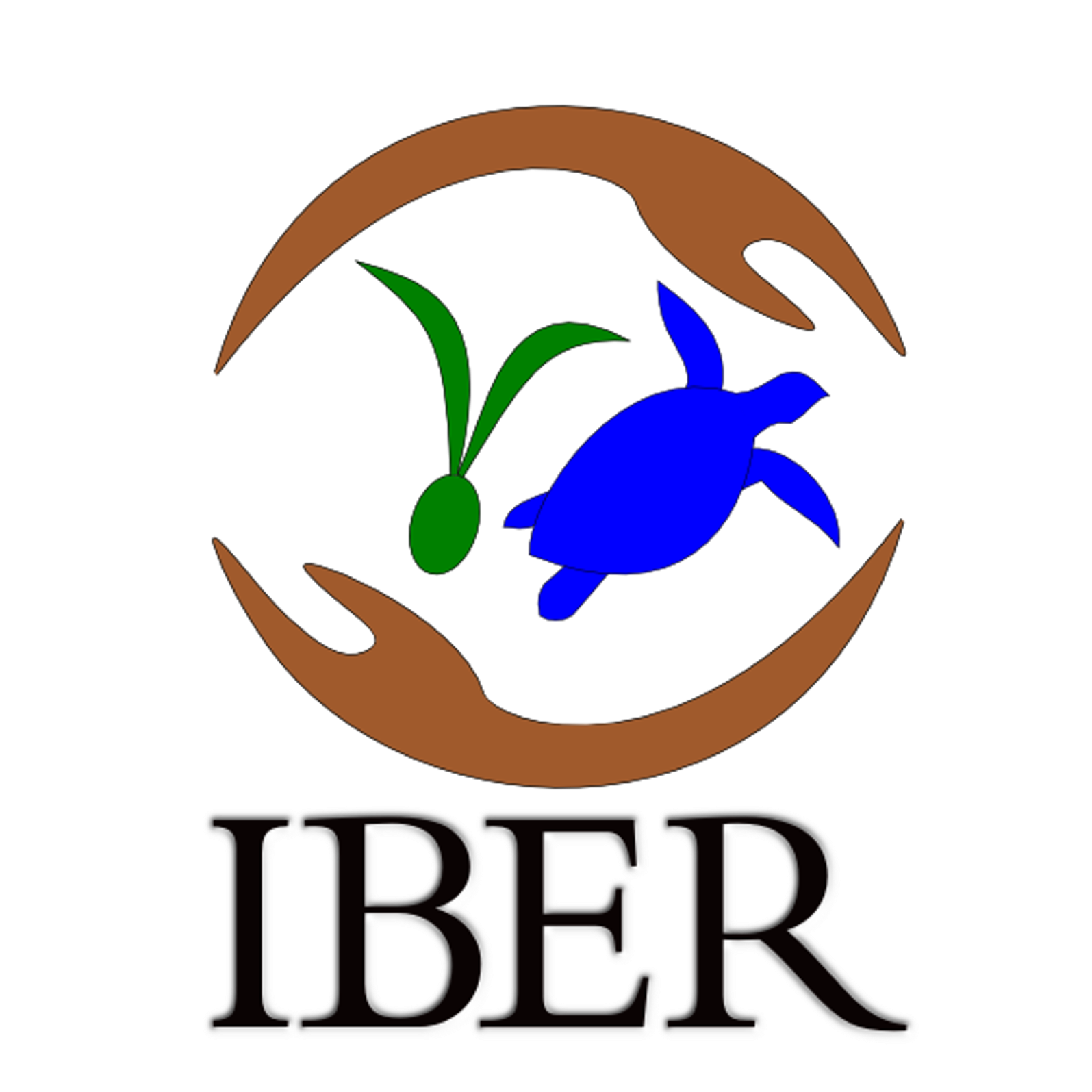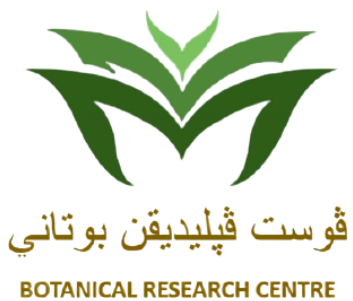Rhodomyrtus tomentosa (Ait.) Hassk.
Rose Myrtle / Keramunting (Bru.)
Evergreen shrub or small tree that can reach 4 m tall. Leaves are simple, arranged oppositely, leathery, densely covered with short white or yellow hairs when young becoming glabrous when mature. Leaf blade is elliptic to obovate, rounded to obtuse at apex, broadly cuneate at base with entire margin. The branchlets are covered with short grayish hairs. Inflorescence a solitary or 3-flowered cyme arising at leaf axils. Flowers are violet and bell-shaped. Fruit a purplish-black, sweet berry that is covered up with
The leaves can be eaten raw as salad or cooked as a dish with other food to mask the odour and taste of the leaves. It is believed that it can purify the internal organs, treat lung congestion and lung cancer. The local healers used the plant as remedy for itchy hands or Tinea versicolor (locally called as ‘Panau’) by rubbing the leaves against the itchy part.
It prefers fertile, moist but well- drained loamy clay soil under a condition of full sunlight to partial shade. It can be found in lowland primary and secondary forests, bamboo forests and in thickets.
Seed.
Native to Asia.
None





